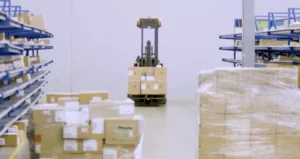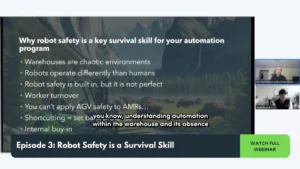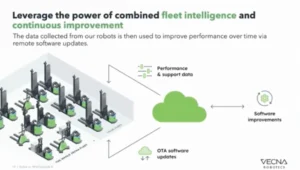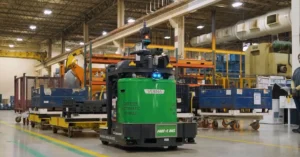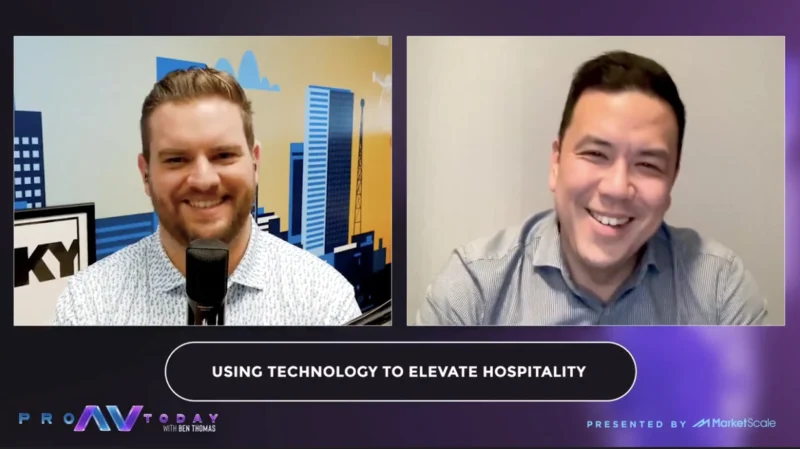Delivery Apps Deliver Customers—to the Door
With apps like UberEats, GrubHub, and DoorDash, it’s easier than ever to get food delivered. Where once primarily pizza was all consumers could get delivered—from places that had their own drivers—now people can get almost any food delivered from myriad restaurants, whether the establishment has it’s own delivery drivers or not.
Restaurants like Sonny Bryan’s are taking advantage of these new delivery services. However, Aaron Cox, Assistant Manager at the chain’s Richardson location, sees these delivery services as a mixed bag for what has always a dine-in restaurant.
“[The rise of delivery apps] changes the way you need to cook. They are turning restaurants into more of a fast food industry.” Cox said.
With more people ordering delivery—even while the restaurant is full—the kitchen is working at a faster pace. Cox believes this reduces quality and can take away from the dining-in customers’ experience.
Restaurants that had never delivered before are now rethinking the way they package their food, as well as how they send tickets to their kitchens. The fact that the delivery services are on digital apps means there is an exclusively online ordering system.
Cox says there are different tablets for each service used at Sonny Bryan’s. Further, since they have to pay out a certain percentage to the services’ websites and are paying for delivery, Cox says they don’t necessarily come out ahead by using them.
Regardless of the effect on a restaurant’s bottom line, there are advantages of using digital delivery apps.
“It’s a smart way of advertising,” Cox said. “It’s a good idea for advertising and promotions. It’s an excellent idea, actually.”
Customers who order delivery are also more likely to become dine-in customers. Especially if someone is more willing to try Sonny Bryan’s if it’s delivered. In short, food taken out the door eventually brings people in the door.
This is perhaps why places like Palio’s Pizza Café in Richardson not only have their own delivery drivers, but also use services like GrubHub to deliver it’s pizzas. While one’s own delivery drivers might care a little bit more about their own product, delivery services are worth the price in advertising dollars alone.
Of course, not every restaurant is participating. Jose Hernandez, Manager at Taco Joint in Richardson, said it does not use UberEats or any other kind of delivery.


